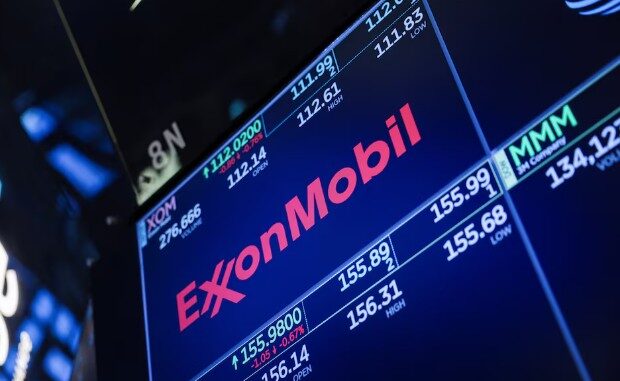
In a strategic move to consolidate its footprint in one of the world’s most prolific oil-producing regions, ExxonMobil has acquired Sinochem’s stake in a longstanding joint venture (JV) in the Permian Basin’s Midland sub-basin.
This deal, announced as part of Exxon’s third-quarter 2025 earnings report, adds more than 80,000 net acres to the company’s portfolio, enhancing its operational control and resource base in the southern Midland Basin.
Background on the JV and Deal Origins
The JV traces its roots back to a partnership between China-backed Sinochem and Pioneer Natural Resources, focused on developing acreage in the Wolfcamp Shale formation.
Sinochem held a 40% interest in the venture, which encompassed prime drilling locations in the heart of the Permian.
Exxon entered the picture through its $60 billion acquisition of Pioneer in May 2024, inheriting the JV and its assets. Reports of Sinochem’s intent to divest surfaced as early as August 2024, driven by shifting global energy dynamics and potential geopolitical considerations.
The sale allows Sinochem to exit U.S. shale operations, while Exxon gains full ownership, streamlining decision-making and integration with its broader Permian holdings.
Although exact financial terms of the transaction were not disclosed in Exxon’s earnings release, earlier estimates valued Sinochem’s 40% stake at upwards of $2 billion, reflecting the premium on high-quality Permian assets amid sustained oil demand.
This buyout aligns with Exxon’s aggressive M&A strategy post-Pioneer, aiming to boost efficiency and output in a basin that already accounts for a significant portion of U.S. crude production.
Strategic Implications for Exxon in the Permian
The acquisition bolsters Exxon’s dominance in the Midland Basin, where the Wolfcamp formation is renowned for its stacked pay zones and high recovery rates.
By assuming full control, Exxon can optimize drilling programs, apply advanced technologies like AI-driven reservoir modeling, and achieve cost synergies estimated at hundreds of millions annually from the Pioneer integration. This move comes at a time when Permian output is projected to continue growing, supporting Exxon’s goal of increasing production to over 2 million barrels of oil equivalent per day (boe/d) in the basin by 2027.
Moreover, the deal underscores Exxon’s commitment to core upstream operations despite diversification into low-carbon ventures. It provides a buffer against volatility in global oil markets, ensuring long-term resource security in a geopolitically sensitive energy landscape.
What Investors Should Watch in This M&A Deal
For investors eyeing Exxon’s stock (NYSE: XOM), this acquisition presents several key factors to monitor:Production and Reserve Growth: The added 80,000 acres could translate to meaningful uplifts in proved reserves and near-term output. Watch for updates in Exxon’s annual reserve report and quarterly production figures to gauge integration success.
Financial Impact and Synergies: With the Pioneer deal already delivering $2 billion in annual cost savings, this buyout could accelerate further efficiencies. Investors should scrutinize capital expenditure guidance and free cash flow metrics in upcoming earnings calls to assess ROI, especially if the deal price hovered around the $2 billion mark.
Market and Geopolitical Risks: The exit of a Chinese state-owned entity like Sinochem may signal broader shifts in international investment in U.S. energy. Keep an eye on U.S.-China relations and regulatory scrutiny, as well as oil price trends influenced by OPEC+ decisions.
Shareholder Returns: Exxon has a strong track record of dividends and buybacks. This deal could support enhanced capital returns if it boosts cash generation. Monitor for any adjustments to the $35 billion share repurchase program.
Sustainability Angle: While the focus is on fossil fuels, investors interested in ESG should note how Exxon incorporates lower-emission drilling practices in these new assets, aligning with its net-zero ambitions by 2050.
Overall, this transaction reinforces Exxon’s position as a Permian powerhouse, potentially driving long-term value in a resilient energy sector.
As the industry navigates energy transition pressures, deals like this highlight the enduring appeal of shale resources.
Got Questions on investing in oil and gas?
ENB Top News
ENB
Energy Dashboard
ENB Podcast
ENB Substack









